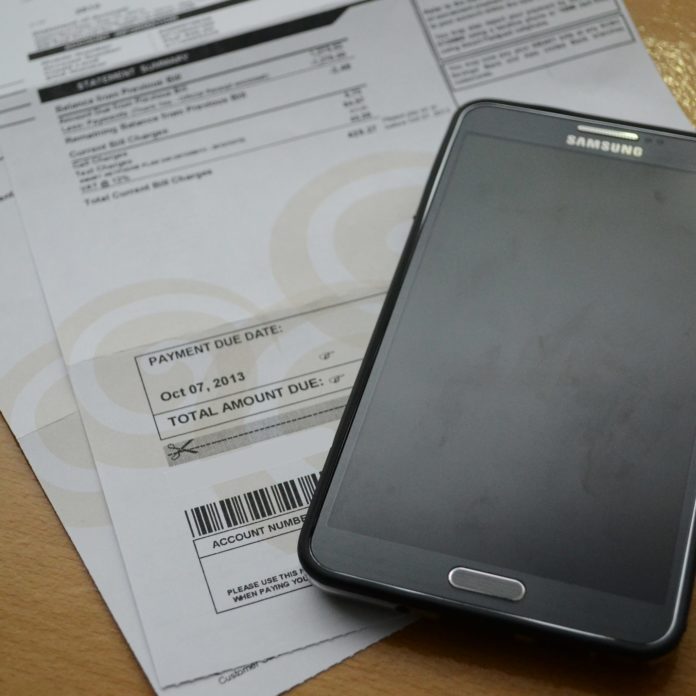Carrier billing has been available for nearly two decades as an alternative payment option, largely unnoticed yet growing in usage and value. But the recent announcements by Amazon, KDDI and NTT DoCoMo that carrier billing is now available to Japanese customers in the Amazon retail store has sparked significant industry interest. Among all the payment options available to consumers around the world, what makes carrier billing an attractive option to consumers, global retail giants, and the world’s largest mobile operators?
Carrier billing—the practice of allowing customers to charge purchases to their mobile phone bills—isn’t an overnight phenomenon. The market has been simmering and growing for quite some time. Carrier billing is already widely adopted for digital commerce transactions around the world. It’s the scope and scale of this recent announcement that’s so interesting, and that it’s happening in the epicenter of mobility: Japan.
The ability to buy content and services from a third-party merchant and charge it to a user’s mobile phone bill first became widely available in Japan in the 1990s through the i-mode mobile internet service. Early adopters of all things mobile, the Japanese viewed carrier billing as a long-term contributor to the value of the mobile ecosystem and took steps along the way to ensure that all its members—consumers, merchants and operators—saw inherent value in adopting it. They made the economics attractive for merchants and provided consumers a simple user experience. The Japanese operators also backed a common approach to payments, which made marketing carrier billing to mobile consumers more compelling for merchants. The result? According to Business Weekly, today, “Japan is the world’s biggest market for carrier billing driven by commercially astute mobile operators.”
The scope of what Amazon, KDDI and NTT DoCoMo are doing is huge, and throws considerable weight behind carrier billing as a payment option. KDDI and DoCoMo alone reach more than 75% of all Japanese customers. According to Progressive Research, the Japanese ecommerce market is estimated at US$100bn annually, and Shares reported that Amazon’s sales in Japan of $10.7 billion for 2016 make it Amazon’s third-largest market after the United States and Germany. Put all these numbers together, and you can see why the announcement has attracted so much attention.
But that’s not the only thing that’s interesting. Carrier billing historically has focused on digital commerce transactions—music downloads and the like. Only in the past two years has the use of carrier billing for physical goods entered the picture, and then only on a relatively small scale. Japan emerged as an early leader, with DoCoMo working with merchants to allow customers to buy a variety of physical goods. However, the availability of carrier billing in the Amazon Japan store takes this to a whole new level, signaling the first large-scale move for this alternative payment method.
Japan is a sophisticated mobile market, with equally sophisticated consumers who are highly connected, highly mobile, and love to shop. The stamp of approval from the world’s leading global online retailer, along with two of the world’s leading mobile operators, is an important milestone for the carrier billing market and shows that carrier billing can be made sophisticated enough to meet the requirements of this demanding consumer base.
Carrier billing is now a mainstream alternative payment method, with the potential to capture more consumer spending in the near future—not only in Japan, but in markets around the world.

